|
Listen to this article
|
Dot Ball Meaning
In the thrilling world of cricket, the term “dot ball” is like a silent crescendo in a symphony of runs and wickets. It might not make headlines, but it’s an essential note in the sport’s intricate melody. Feel all the benefits of our platform — 4RaBet App download for PC.
A dot ball, quite simply, is a delivery bowled by the cricketing maestro that doesn’t result in any runs being scored by the batsman. It’s the equivalent of a musical rest—a momentary pause that leaves the audience in suspense, waiting for the next movement. But why is it called a “dot” ball? The origin of the term is somewhat mysterious, with theories ranging from the idea that the dot signifies a blank or empty scorecard to the more poetic notion that it resembles a dot on the pitch. Regardless of its etymology, the dot ball has become a fundamental unit of measurement in cricket, just like the inch in carpentry or the second in timekeeping.
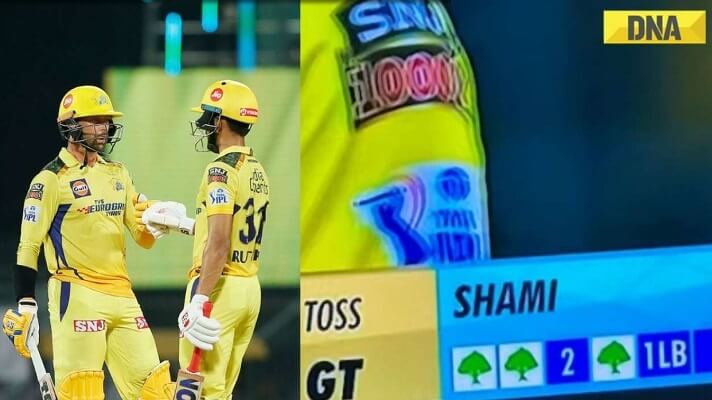
But the significance of the dot ball extends beyond the mere absence of runs. It’s a psychological battle between the bowler and the batsman, a silent contest of wills. For the bowler, delivering consecutive dot balls can feel like weaving an intricate tapestry of pressure, tightening the noose around the batsman’s confidence. It’s akin to a chess match, where each move sets the stage for the next. A few well-placed dot balls can force the batsman into riskier shots, potentially leading to a wicket.
Conversely, for the batsman, facing dot balls can be a frustrating experience. It’s like being trapped in a room with no exit, with the pressure mounting as the scoreboard remains stagnant. Every dot ball adds to the tension, and the urge to break free can lead to ill-judged shots and, ultimately, a dismissal.
Dot balls come in various flavors: the probing length delivery that just misses the bat’s edge, the deceiving off-spinner that spins away from the bat, or the express-paced bouncer that leaves the batsman ducking for cover. Each dot ball is a masterpiece of precision, skill, and strategy.
In a cricket match, dot balls are the currency of economy for the bowler and the building blocks for a maiden over. A maiden over, which consists of six dot balls, is a rare gem that bowlers cherish, wearing it as a badge of honor.
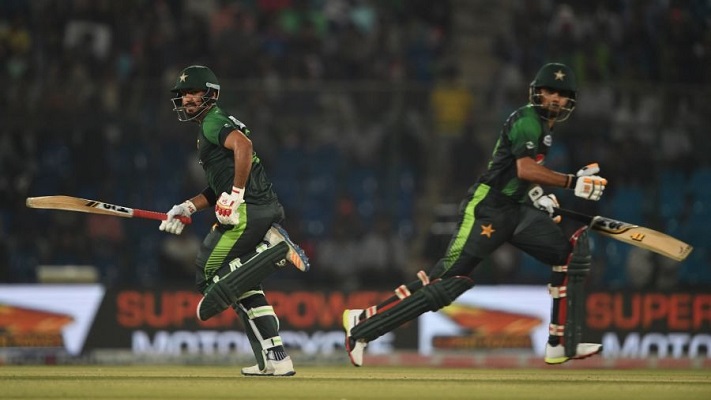
While dot balls may not dazzle the crowd like a boundary or a towering six, they are the backbone of the sport, the quiet moments that set the stage for the dramatic crescendos. They are the invisible threads that weave the fabric of cricket’s narrative, adding depth and dimension to every game. So, the next time you watch a cricket match and see a bowler stringing together a sequence of dot balls, remember that you’re witnessing a subtle battle of skill, strategy, and nerves — a battle that is as integral to cricket as the roar of the crowd or the sound of leather meeting willow.
What are Dot Balls in Cricket? A table for dot balls in cricket might look like this:
| Player Name | Innings Played | Dot Balls |
|---|---|---|
| Player 1 | 10 | 120 |
| Player 2 | 12 | 150 |
| Player 3 | 8 | 90 |
| Player 4 | 15 | 180 |
| Player 5 | 9 | 110 |
In this table:
- “Player Name” represents the name of the cricket player.
- “Innings Played” indicates the number of innings the player has participated in.
- “Dot Balls” shows the total number of dot balls (deliveries where the batsman doesn’t score any runs) bowled by the player across those innings.
What Is Dot Ball’s Significance in Cricket?
In the world of cricket, securing a wicket is undeniably vital in the longer formats of the game, both for the bowler and the fielding side. However, as the conversation shifts to the shorter and more explosive T20 format, the significance of a dot ball takes center stage. In certain critical moments of a T20 match, the value of a dot ball can even surpass that of a wicket.

In the realm of cricket, regardless of the format, the primary objective for each team is to amass as many runs as possible, causing the scorecard to skyrocket and enhancing their chances of victory. The humble dot ball becomes a pivotal element in this pursuit, standing as an obstacle to the batsmen’s aspirations.
Several factors come into play when determining the number of dot balls in a cricket match. The condition of the cricket pitch, the unpredictable sway of overhead weather conditions, the caliber of the bowling line-up, and the strategic mindset of the fielding team or the opposing captain all contribute to this statistic. Understanding and analyzing these factors is imperative, particularly for those looking to make informed bets.
For aficionados of cricket betting, grasping the nuances of dot balls can be a game-changer. A comprehensive evaluation of the pitch conditions, weather forecast, bowling attack, and team dynamics can aid in predicting the dot ball count accurately. Notably, in T20 cricket, the ability to minimize dot balls often serves as a key strategy for maximizing a team’s overall score.
To forecast the number of dot balls in the second innings of a cricket match, one can observe the quality of batsmen available to the team about to bat second. A strong and confident batting lineup may excel at rotating the strike and reducing the dot ball count, while a weaker lineup could find it challenging to do so. In essence, the dot ball is not just a statistic; it’s a dynamic element that shapes the course of a cricketing spectacle.
Cricket Dot Ball
In the high-octane world of limited-overs cricket, the significance of a dot ball is magnified. 4RaBet acknowledges the pivotal role that a dot ball plays in shaping the dynamics of these shorter formats, where every delivery carries immense weight.
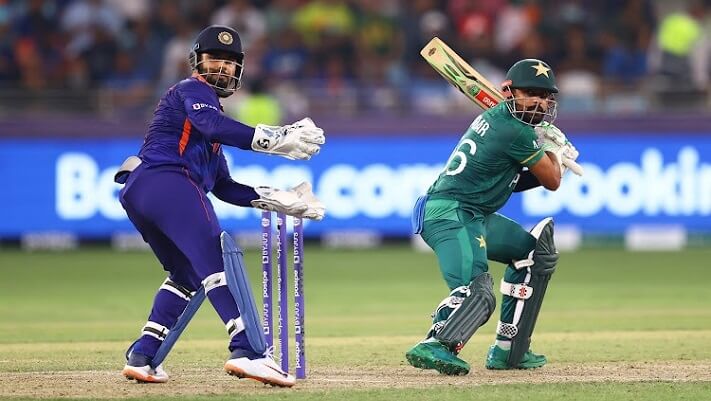
A dot ball can exert immense pressure on batting teams striving to amass runs briskly. It serves as a potent weapon in the bowler’s arsenal, often stemming from a well-executed delivery that leaves the batsman flummoxed or tempts them into a false stroke. These moments can lead to the elusive dot, giving the bowling side a precious advantage.
Towards the climax of an innings, keen observers may notice bowlers extending their line of attack across the entire width of the stumps. This audacious strategy aims to push batsmen into uncomfortable positions and increase the likelihood of delivering dot balls. However, it’s not without risk, if the delivery is too close to the stumps, the umpire may deem it unfair and require it to be bowled again.
The dot ball becomes a strategic focal point. It’s a game within the game, where every delivery counts and each dot adds to the mounting pressure. As teams vie for supremacy, the quest to minimize dot balls and maximize scoring opportunities becomes a captivating subplot in the cricketing drama.
Understanding the Dot Ball Phenomenon
Dot balls in cricket find their origins in a complex interplay of skill, strategy, and circumstance. Batsmen often find themselves on the receiving end of dot balls for various compelling reasons, each shedding light on the intricate nature of the game.
One primary reason for a batsman to accumulate dot balls is their inability to make an impact against the deliveries bowled by the opposition. Sometimes, a batsman may struggle to connect with the ball, leading to a series of dot balls that restrict the team’s ability to score freely. This can be exacerbated by the challenging conditions on the pitch, which may hinder the batsman’s ability to run between the wickets effectively.
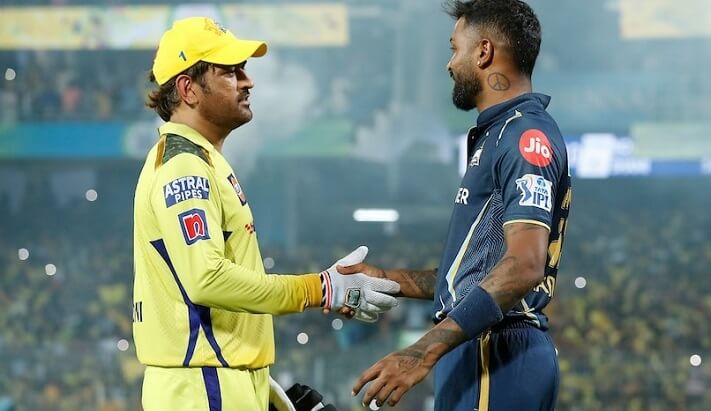
Another scenario that results in dot balls is when the opposing team employs a defensive strategy, opting not to take risks and settling for simply preventing runs. This can manifest as a wicketkeeper or bowler making a concerted effort to keep the batsman in check. In such instances, dot balls accumulate on the scorecard, reflecting an encounter that often results in a dead ball.
Turning to the records, the history of cricket is marked by remarkable instances of dot-ball resilience. In the realm of test cricket, Englishman John Murray stands out, holding the record for facing the most dot balls without scoring a run. His admirable feat saw him taking 79 deliveries before opening his account in a test innings. In the 21st century, Stuart Broad, another English cricketer, etched his name in the annals of the game by playing the most balls in a test match without scoring a run—a remarkable tally of 63 deliveries.
Team records also provide fascinating insights into dot-ball dominance. Australia, in particular, holds the record for facing the highest number of consecutive dot balls in a test match against Sri Lanka. This marathon of dot balls saw Steve O’Keefe and Peter Nevil making a valiant effort to save the game on the fifth day, only to succumb to two quick wickets in the 86th and 89th over, sealing the home side’s victory.
Switching gears to the Indian Premier League (IPL), dot ball enthusiasts will find names like Harbhajan Singh and Bhuvneshwar Kumar atop the leaderboard. Harbhajan Singh, renowned for his bowling prowess, has sent down an impressive 1268 dot balls in 569.2 overs, while Bhuvneshwar Kumar closely trails with 1267 dot balls bowled in 491.3 overs. In a single IPL inning, Deepak Chahar displayed a remarkable knack for tying down batsmen, bowling an astounding 20 dot balls in 4 overs during an encounter against the Kolkata Knight Riders in IPL 2019.

These records not only celebrate the resilience of batsmen and the skill of bowlers but also add layers of intrigue to the rich tapestry of cricket history. Dot balls, though often overshadowed by boundaries and centuries, weave a story of their own within the captivating world of cricket.
Conclusion
In cricket, a “dot ball” is a term used to describe a delivery bowled by the bowler in which the batsman fails to score any runs. When a bowler sends down a ball, and the batsman is unable to make contact with it or is unable to get the ball away from the fielders, it is recorded as a dot ball in the scorecard. Dot balls are crucial in the game as they add pressure on the batting side, as well as contribute to the bowler’s economy rate. They are often celebrated by the fielding team as they represent a successful delivery and can disrupt the flow of runs for the batting side.
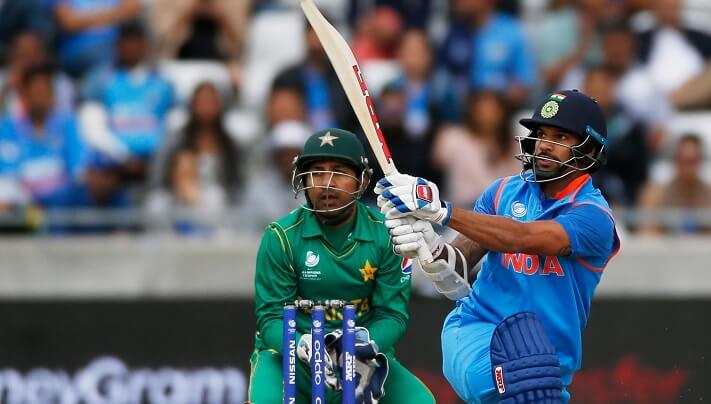
Dot balls play a significant role in building pressure on the batsmen, leading to their frustration and potentially causing them to make mistakes. They are an essential component of a bowler’s strategy, particularly in limited-overs formats like One Day Internationals (ODIs) and Twenty20 (T20) matches, where scoring quickly is a priority. The ability to consistently bowl dot balls is a valuable skill for a bowler, as it can force batsmen into taking risks, resulting in wickets or even tighter control over the game’s dynamics. In essence, dot balls are a fundamental element of cricket’s tactical battle between bowlers and batsmen, often determining the outcome of matches.
Dot Balls Video Review
FAQ
Q: What is a dot ball in cricket?
A: A dot ball in cricket refers to a delivery bowled by the bowler in which the batsman does not score any runs. It is also known as a “zero” or “no run” delivery.
Q: How is a dot ball recorded in the scorecard?
A: A dot ball is recorded in the scorecard as a delivery where no runs are scored by the batsman. It is typically marked with a dot (.) to indicate that no runs were obtained from that ball.
Q: Why are dot balls important in cricket?
A: Dot balls are important in cricket because they create pressure on the batting side. They can disrupt a batsman’s rhythm, force them to take risks, and contribute to a bowler’s economy rate, making them a valuable strategic element in the game.
Q: Do dot balls count as wickets in cricket?
A: No, dot balls do not count as wickets. Dot balls are deliveries where the batsman fails to score runs, whereas wickets are the dismissal of batsmen by the fielding side.
Q: Are dot balls more critical in limited-overs cricket?
A: Yes, dot balls are often more critical in limited-overs formats like One Day Internationals (ODIs) and Twenty20 (T20) matches. In these formats, where scoring quickly is a priority, dot balls can significantly impact a team’s ability to build a competitive total.
Q: Can a bowler consistently bowl dot balls?
A: Yes, skilled bowlers can consistently bowl dot balls by using various techniques and strategies. They aim to maintain a good line and length, vary their pace, and exploit weaknesses in the batsman’s technique to prevent them from scoring.
Q: What is the significance of dot balls in a bowler’s performance?
A: The number of dot balls bowled by a bowler is often used to evaluate their performance. Bowling a high number of dot balls is a sign of a bowler’s control and effectiveness in restricting the opposition’s scoring opportunities.
Q: How do dot balls affect a team’s chances of winning a cricket match?
A: Dot balls can increase the required run rate for the batting side, making it more challenging for them to chase a target. They also build pressure, leading to mistakes by the batsmen and contributing to the fielding side’s chances of victory.
Q: What were the most dot balls played by a batsman in IPL?
A: The record for the most dot balls faced by a batsman in a single Indian Premier League (IPL) season was held by Rahul Tripathi, who faced 186 dot balls during the 2018 IPL season while playing for the Rajasthan Royals. Please note that records in sports can change over time, so it’s a good idea to check the latest statistics and records for the most up-to-date information on dot balls faced by a batsman in the IPL.
Q: What were the most dot balls in T20 international innings by team?
A: The record for the most dot balls bowled in a T20 International innings by a team was 86 dot balls. This record was set by Afghanistan against Ireland on February 23, 2019, in a T20 International match. Afghanistan bowled exceptionally well in that match, restricting Ireland’s scoring opportunities.
Q: What were the highest dot balls in test?
A: The record for the most dot balls bowled in a Test match innings by a team was 1,093 dot balls. This record was set by South Africa against India during a Test match that took place at Delhi in December 2015. South Africa’s bowlers put up a remarkable display of discipline, forcing the Indian batsmen to defend and leave many deliveries, resulting in a high number of dot balls.

I’m Johar, hailing from the vibrant nation of India. My journey into the realm of online sports betting began as a curiosity and quickly transformed into a passion. With a background in mathematics and a fascination for sports, I found myself naturally drawn to the world of odds, probabilities, and strategic wagering.
Through my articles, I aim to bridge the gap between the complexities of sports betting and the everyday bettor, offering insights, tips, and a deeper understanding of this thrilling pastime. My commitment lies not only in helping others make informed betting decisions but also in promoting responsible gambling practices within the diverse and dynamic landscape of Indian sports betting.
